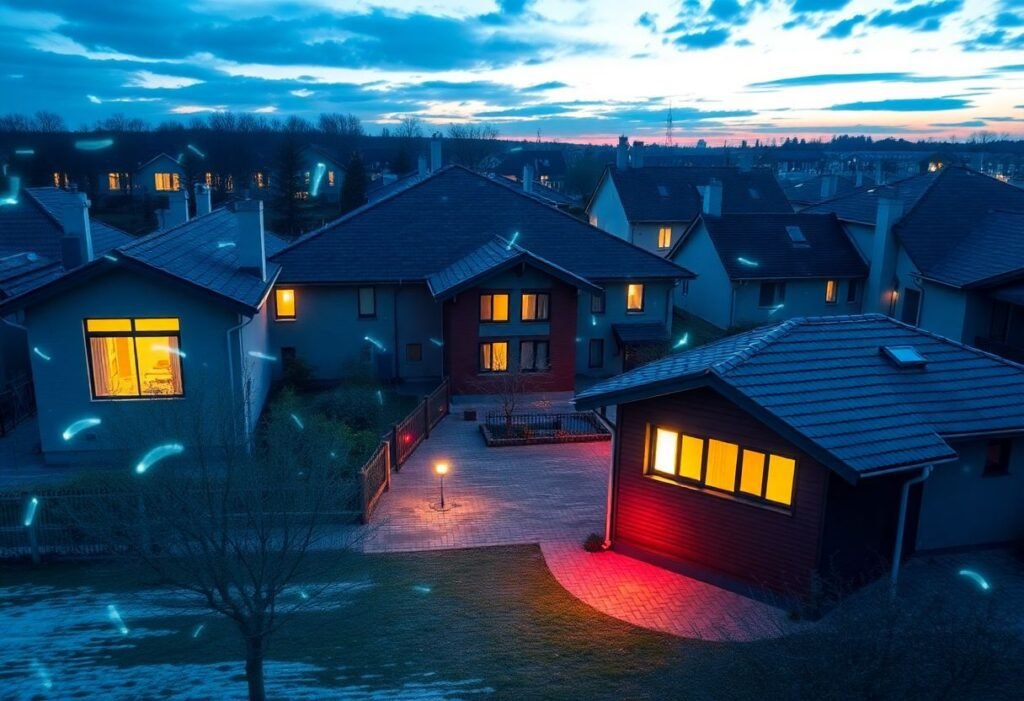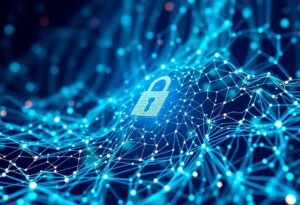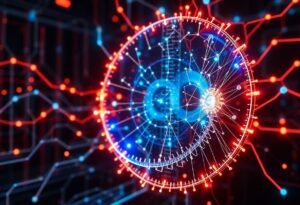The Internet of Things (IoT) is revolutionizing innovation, particularly in the way we consume energy. As global energy demands rise, the integration of IoT technologies can help us significantly lower consumption and promote sustainability.
How IoT Technologies Are Transforming Energy Management
The blend of IoT and energy management is increasingly important as the global community strives to reduce its carbon footprint. IoT devices such as smart meters and connected appliances collect real-time data, enabling users to monitor their energy usage closely. By analyzing this data, individuals can adjust their consumption patterns and implement energy-saving measures. Moreover, smart grids leverage IoT to optimize energy distribution, ensuring that energy is used efficiently across the network. This innovation can lead to a measurable reduction in energy costs for consumers while contributing to environmental conservation.
Enhancing Building Efficiency Through Connectivity
In commercial and residential settings, IoT devices facilitate the automation of systems like heating, ventilation, and air conditioning (HVAC). By using sensors and smart thermostats, users can develop tailored climate control schedules that respond to their habits. These innovations not only enhance comfort but also significantly minimize energy consumption. For example, a smart thermostat can learn user patterns and adjust settings accordingly, resulting in reduced energy bills and an overall decrease in energy consumption.
Real-Time Monitoring and Predictive Maintenance
Another area where IoT demonstrates its potential is in predictive maintenance. With constant monitoring, IoT sensors can detect anomalies in energy systems, alerting facility managers before a failure occurs. By addressing issues proactively, businesses can maintain system efficiency and prevent energy waste. This aspect of innovation leads to significant savings in operational costs and energy consumption, revealing the profound impact IoT can have on energy efficiency.
Smart Grids and Renewable Energy Integration
The advancement of IoT plays a critical role in integrating renewable energy sources into existing power grids. Smart grids equipped with IoT devices can manage fluctuations in energy supply and demand, making it easier to incorporate renewable energy sources such as solar and wind. By utilizing real-time data, grid operators can optimize energy distribution, minimizing reliance on fossil fuels. This shift not only enhances the stability of the energy supply but also supports the transition to greener energy solutions.
The Role of Consumer Awareness in Energy Savings
Introducing IoT technologies for energy management promotes greater consumer awareness about energy consumption habits. By providing transparent usage data, consumers can make informed decisions regarding their energy consumption. Moreover, gamification aspects—like rewards for energy-saving achievements—also encourage individuals to adopt more sustainable habits. Educated consumers are empowered to take proactive steps toward reducing their energy consumption, fostering a culture of sustainability.
Future Innovations in Energy Consumption Management
The potential for innovative IoT solutions in reducing energy consumption is vast. Emerging technologies such as machine learning and artificial intelligence can enhance energy management further by predicting energy consumption patterns. These innovations can automate energy distribution, optimize resource allocation, and develop intelligent environments that adjust to changing conditions. As we advance technologically, the sustainability impacts of such innovations can lead to a significant reduction in energy use and costs.
Disclaimer: This article is for informational purposes only and does not constitute professional advice.





















